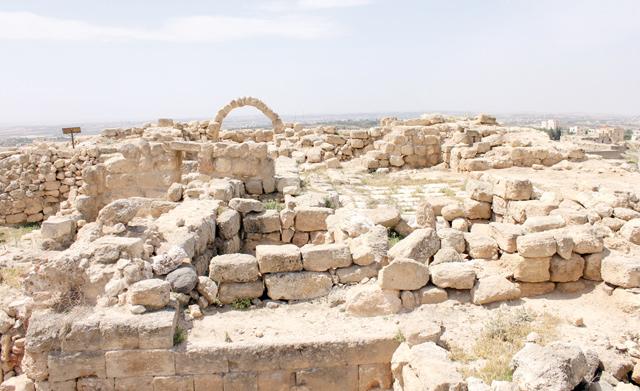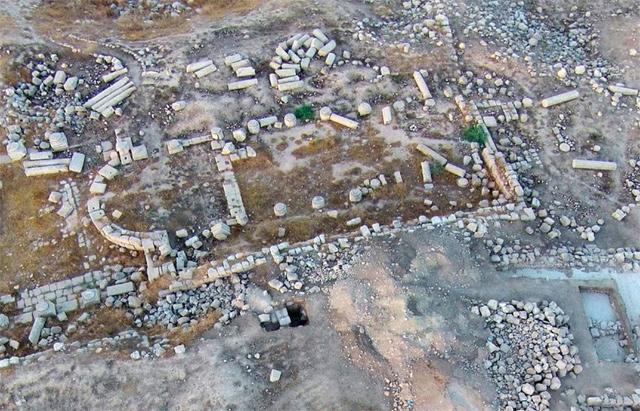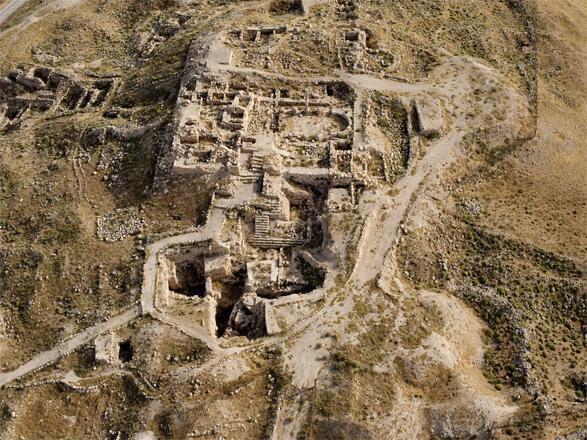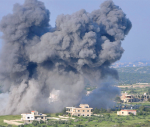You are here
‘Human settlement in Jordan endured woes of history’ — expert
By Saeb Rawashdeh - Oct 15,2018 - Last updated at Oct 17,2018

A view of a valley from one of towers of the Ajloun Castle (Photo courtesy of Bethany Walker)
AMMAN — Human settlements in Jordan have survived in the face of great odds, including the Mongol invasions of the 13th and 14th century.
Despite the calamity of the Mongol invasions (Il Khanids), it was the Timurids, their successors, who in 1401 ventured deep into northern Jordan and wreaked havoc there, said American archaeologist, Professor Bethany Walker of University of Bonn.
Mongol invasions
"Much of the information we have on this comes from a Damascus-based historian whose family came from the village of Hisban, Ibn Hijjī Al Husbani, around the time the Timurids invaded. He received many letters from colleagues in villages and towns in the region [Dara’a, Hubras, Ajloun] about the extent of the destruction. As many as hundreds were killed in some towns and settlement; others were abducted.
Livestock was confiscated and crops were destroyed, "said Walker.
Entire villages were emptied out as people fled to places further south that are better defended, like Ajloun, he said, explaining that it contributed to the depopulation of Jordanian villages during the Mamluk period.
However, it was not permanent, he noted.
The rural depopulation was only temporarily driven away. People returned to their villages after the Timurid troops withdrew, and they rebuilt their communities, the professor stated, but there is little archaeological evidence on the Timurid invasion of these sites, north of the Kingdom.
"I have done a lot fieldwork in the region, and the archaeological record suggests continuity of settlement," Walker said.
Was it Ottomans?
While some presume that the Ottoman conquest of Jordan was the cause behind the disruption of human settlement at the time, Walker argues that it was only marginally so, but rather a collusion of factors that drove people out of the larger towns and into tighter, smaller villages and farms.
"Over time, the Mamluk state gave local entrepreneurs the opportunity to buy state land, most of which was located in more remote locations and included small fields. At the same time, there were years of drought, and this, combined with the insecurity caused by the collapse of the Mamluk state, negatively impacted the economy of 'state farms' and large villages," she explained, adding that small-scale, irrigated agriculture was far more effective and efficient. With land now available, farmers favoured shifting to smaller modes of production and agriculture.
Many of the new settlements were located in the highlands— areas of safety and higher rainfall, the archaeologist underlined.
Farmers and nomads
The space, both socially and geographically, between villagers and nomadic tribes was quite flexible, she noted. The two societies overlapped on a variety of levels.
Still, the exact nature of the relationship between the two remains unclear and is subject to interpretation and requires far more research, the scholar noted.
The two communities were mutually dependent — economically, socially and politically, according to her.
"The social boundaries between the two were also fluid, with villagers joining rebellions alongside nomadic groups and sometimes adopting their way of life," Walker explained.
Nomadic tribes often farmed, she highlighted.
In many cases, it is not easy to distinguish between the two communities, archaeologically or historically.
"What we do know historically is that the political, military and economic collapse of the Mamluk state in the late 15th century made it impossible to maintain tribal 'emirs' on the state payroll [as guardians of the Hajj caravan, for example].”
Towards the end of the era, both agricultural and nomadic communities struggled, as travel became precarious and competition over resources intensified, while political control over land became a contentious issues, Walker concluded.
Related Articles
AMMAN — There has been a boom in studies devoted to the Mamluk period (1250-1517) due to a recent “rural turn” in Islamic archaeology, accor
AMMAN — The settlement in Jerash (Gerasa) during the Middle Islamic period was much more extensive and complex than hitherto thought, said a
AMMAN — The Mamluk period (1250-1517) is still a relatively unexplored field for scholars who know very little about the residence patterns



















